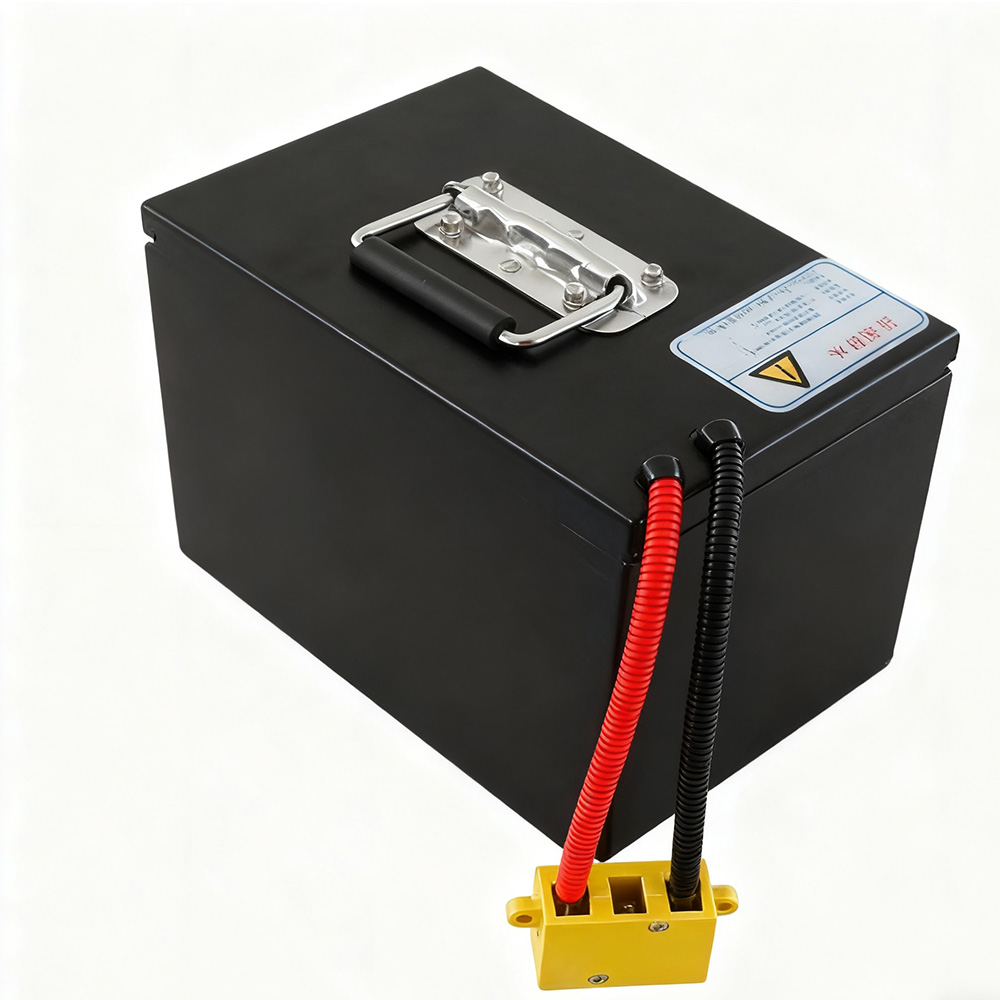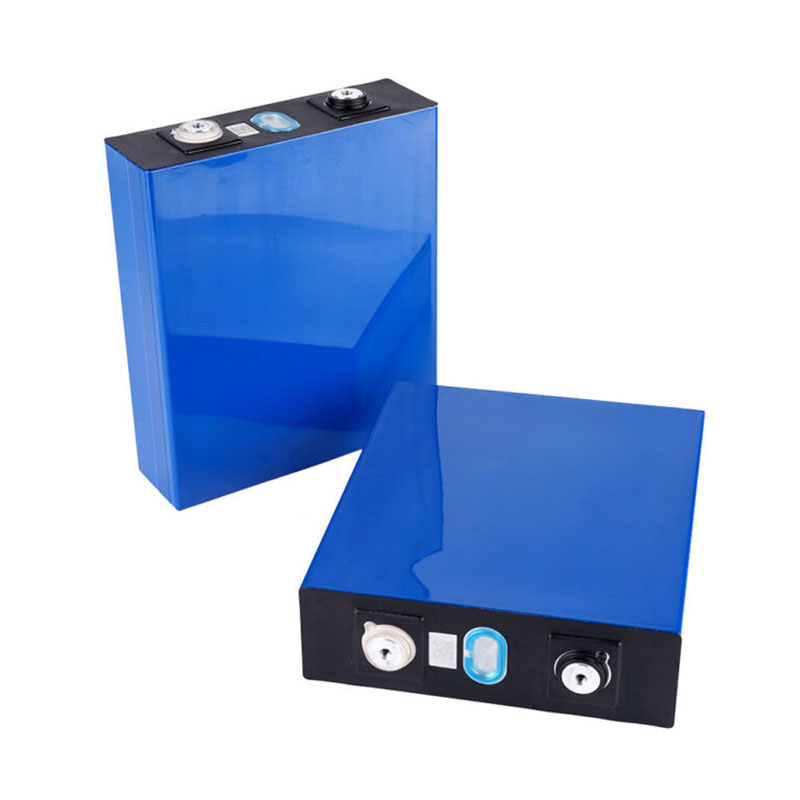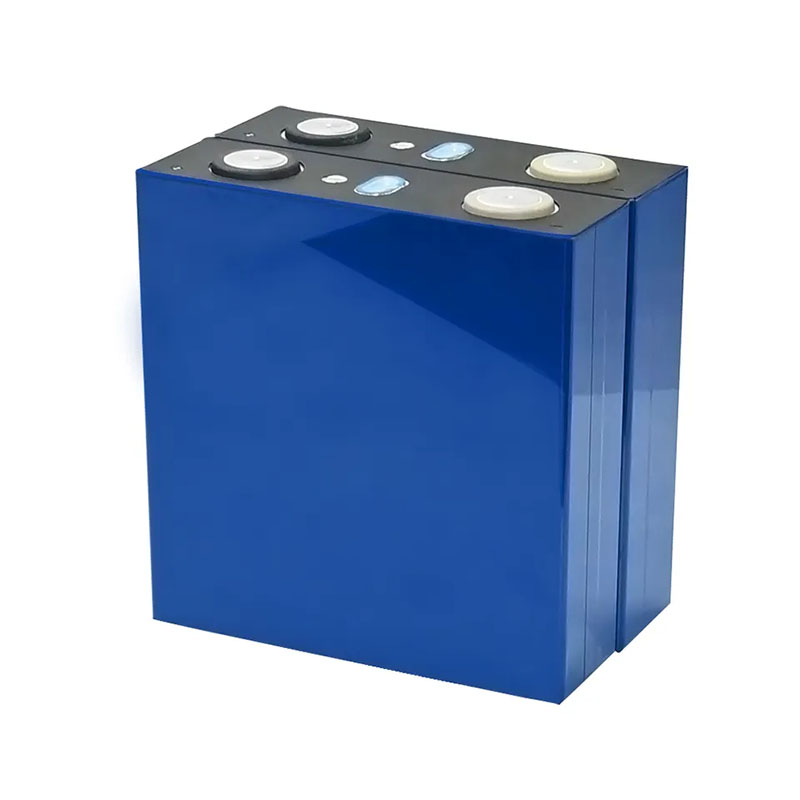Blog
Explore the Power of Lithium Innovation
Stay updated with the latest trends, technologies, and application insights in the world of lithium battery solutions
Search the whole station
Explore the Power of Lithium Innovation
Stay updated with the latest trends, technologies, and application insights in the world of lithium battery solutions
Lithium-ion batteries are reaching their limits in terms of energy density and safety. Thermal runaway risks remain a major concern, especially as demand for higher energy storage continues to rise. To address these issues, solid-state batteries have emerged as a promising next-generation solution.
Unlike traditional batteries that rely on flammable liquid electrolytes, solid-state batteries use solid electrolytes to conduct lithium ions. This change not only improves safety but also enables the use of higher-capacity electrodes, unlocking much greater energy density. Around the world, companies are racing to bring this technology into mass production, with the potential to reshape the entire battery industry once commercialization takes off.
In this article, we’ll look at the concepts, advantages, and challenges of solid-state batteries, examine current industry developments, and explore where the technology is heading.
Conventional lithium-ion batteries consist of a positive electrode, a negative electrode, a liquid electrolyte, and a separator. The liquid electrolyte allows ion transport but is also flammable, corrosive, and unstable under high voltage, creating safety concerns. It also cannot fully prevent lithium dendrite growth, which can pierce the separator and trigger short circuits.
Solid-state batteries replace part or all of the liquid electrolyte with solid electrolytes. This substitution improves both safety and energy density, making them one of the most promising long-term technologies.
Batteries can be categorized based on the proportion of liquid electrolyte:
The last three are collectively referred to as solid-state batteries. Depending on material type, solid electrolytes are generally classified into polymers, oxides, and sulfides.
Compared with liquid batteries, semi-solid batteries reduce the amount of liquid electrolyte used and combine it with polymer + oxide electrolytes.
With these changes, energy densities of 350 Wh/kg or more can be achieved.
All-solid batteries completely remove liquid electrolytes, replacing them with polymer, oxide, or sulfide systems.
In these designs:
Energy densities of 500 Wh/kg or more are achievable.
Automakers worldwide are investing in solid-state R&D, securing long-term supply partnerships to accelerate commercialization.
Production is largely compatible with traditional lithium battery processes. Only about 10–20% of equipment needs modification, mainly for introducing solid electrolyte coatings and in-situ solidification steps. This compatibility makes semi-solid batteries the first to reach the market.
Production is more complex and less compatible with current lithium battery processes. Key differences include:
Solid-state batteries are widely seen as the ultimate successor to today’s lithium-ion technology, promising higher safety, higher energy density, and long-term scalability. While semi-solid batteries are already moving into production, full solid-state batteries still face challenges in cost, conductivity, and cycle life.
Nevertheless, with global automakers and battery manufacturers investing heavily, solid-state batteries are on track to enter commercial mass production by the middle of this decade, potentially reshaping the electric vehicle and energy storage industries.

48V LiFePO4 Battery with 46.5Ah–100Ah options. Up to 2000 cycles, wide temperature range (-20°C~60°C), IoT GPS smart features, and 3-year warranty. Perfect for e-bikes, electric vehicles, and home energy storage.

wholesale 3.2V 280Ah LiFePO4 lithium iron phosphate battery cells by Apsen Technology. Durable prismatic design with explosion-proof valve, ideal for EVs, solar storage, and industrial applications.

Buy wholesale 3.2V 80Ah LiFePO4 lithium iron phosphate battery cells by Apsen Technology. Safe, long-lasting prismatic cells ideal for electric vehicles, renewable energy storage, backup power, and industrial equipment.

wholesale 3.2V 160Ah LiFePO4 battery cells by Apsen Technology. Durable, safe, and long-lasting lithium iron phosphate cells with low internal resistance, ideal for electric vehicles, solar energy storage, and home backup power systems.
In-depth analysis of the 18650-2S1P 7.2V 2000mAh lithium-ion battery, covering specifications, protection features, applications, and safe usage tips to help you choose and use it with confidence.
View detailsLearn the hidden costs of low-price 18650 batteries—high internal resistance, capacity fraud, poor BMS, and bulk order risks. Discover testing protocols and smart sourcing tips.
View detailsDiscover the advantages of 12V lithium-ion deep-cycle batteries over traditional lead-acid batteries, including higher energy density, longer cycle life, fast charging, and lightweight design.
View detailsExplore the rapid growth of the lithium iron phosphate (LFP) battery market, its advantages in electric vehicles and energy storage, and the leading global producer CATL.
View details
HelloPlease log in